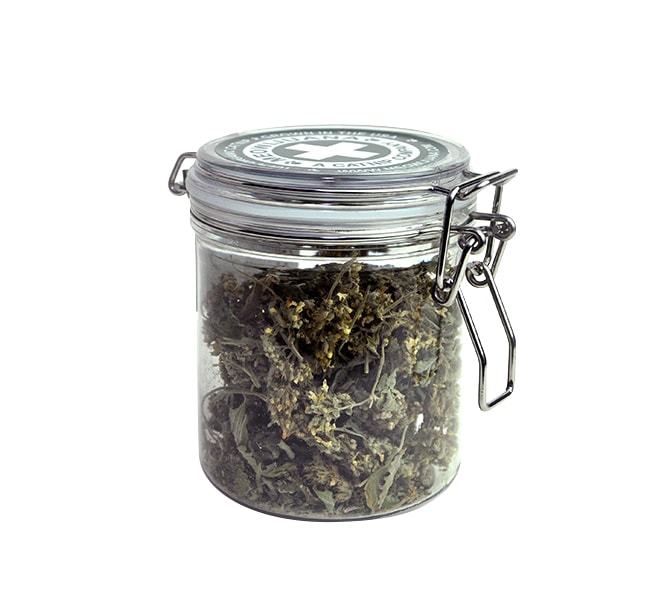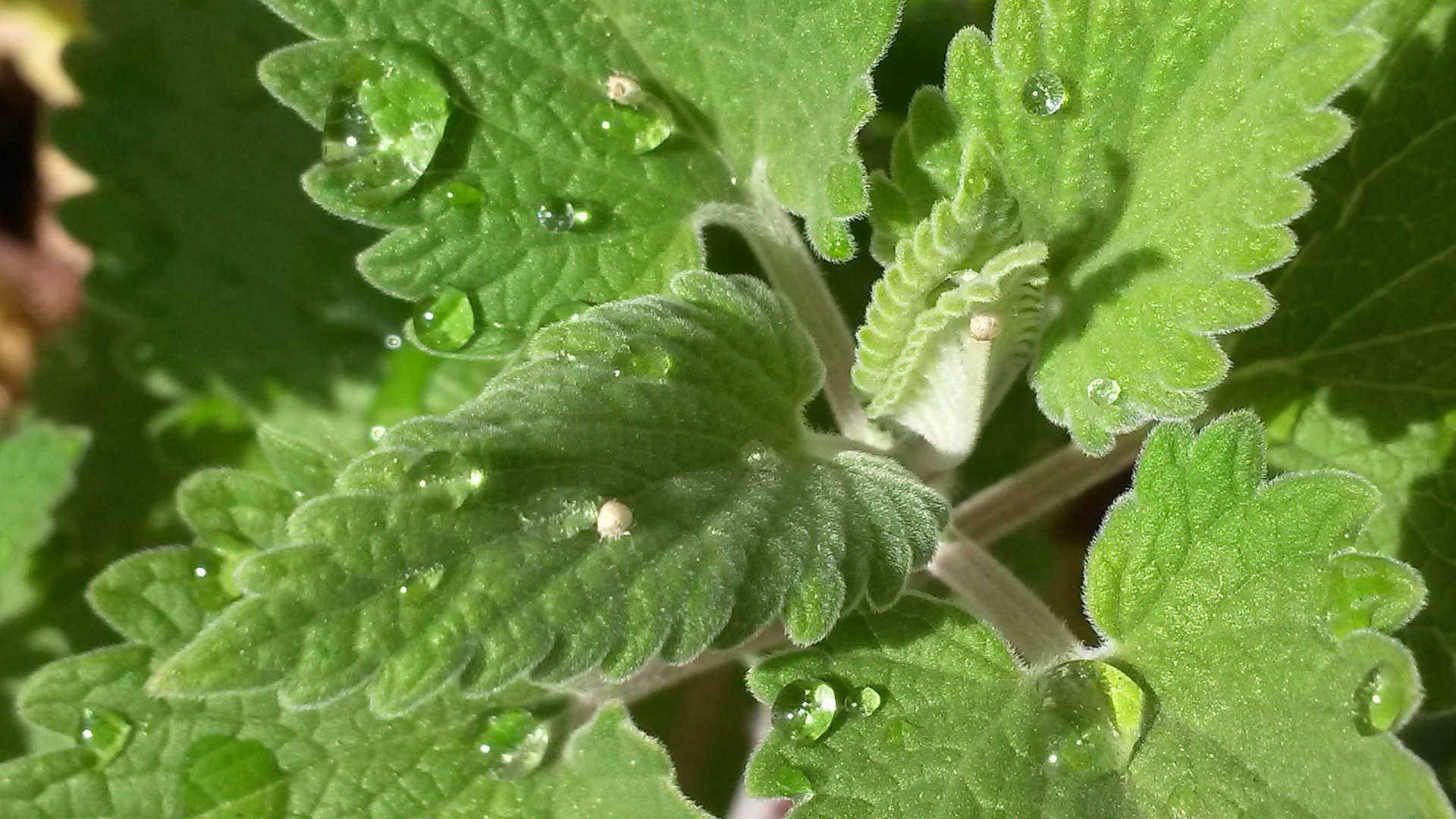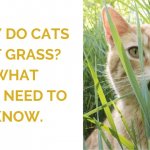Is Organic Catnip Better for Cats?
Last Updated on
Fundamentally, catnip is a straightforward product. Officially named nepeta cataria, this herb is a part of the mint family. To humans, its scent is minty with a whisper of skunk spray. To the 50% of the feline population that’s affected by catnip, it smells something like pure bliss. Its oil carries a chemical called nepetalactone, which, in a bewildering dance between the nose, the brain, and kitty behavior, drives cats crazy.
It’s, in short, a psychoactive drug.
Despite the inherent simplicity of the catnip plant, you’ll find that things become a lot more complicated once you start shopping. When you begin your search for the best catnip, you’ll be confronted by the head-spinning variety of catnip available. Some catnip is organic, some is marketed as a premium variety, and some is just…catnip. For conscientious cat guardians, it’s important to find the right catnip that’s healthy for your cat.
Organic catnip isn’t treated with chemical pesticides.
Unlike “natural” products, any product labeled as “organic” is held to a specific set of rules. American organic products are strictly regulated and may not be treated with chemical pesticides. These pesticides have been linked to cancer, skin disease, and organ disease – you don’t want them anywhere near your cat.
If you’re concerned about your cat’s health, USA-grown organic catnip is your best choice.
This principle goes beyond commercial catnip. When growing catnip in your backyard, choose organic seeds. These seeds come from plants that haven’t been treated with poisonous chemicals, ensuring that each generation of catnip is safe and pure for your cat’s enjoyment.
Choosing the Finest Organic Catnip

Once you’ve narrowed down your quest to include only organic catnip, you’re still left with a perplexingly large variety of what very much looks like a lot of crumbled up green leaves – it’s hard to make a decision when everything available looks essentially the same.
Growing conditions and the time of harvest play a part in the quality of the finished product. According to the University of Maryland Cooperative Extension, catnip is most aromatic when grown in sandy soil. In my experience, catnip is the strongest when the flower buds first appear – cats tend to be crazy about the buds and leaves, which is where you’ll find the strongest concentration of volatile oil. The seeds and stems are less potent and thus are something of a “filler” product in lower-quality catnip.
A great container of catnip is full of highly-potent leaves and buds. Premium catnip contains only the most potent herb content, ensuring that your cat gets the most out of the experience.
Catnip loses its potency after several months, so the amount of time it spends on a shelf should be limited. Another factor in the catnip’s shelf-life is its packaging. Catnip should be stored in a well-sealed or airtight container for longevity.








